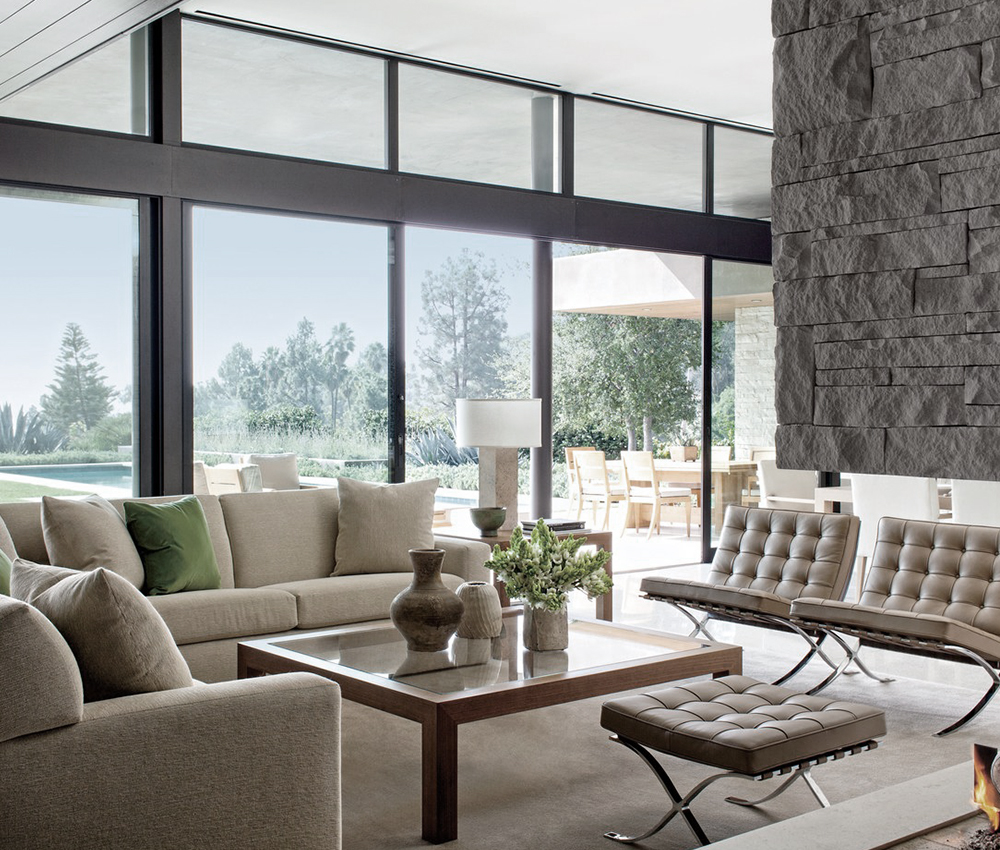2015
Nowadays to have successful When working on the colours of an interior space three questions have to be asked.
1. What is the purpose or function of the space for which you are choosing the colour?
2. Who is the end user of the interior space? 3. Where is the location of the interior space for which you are selecting the colour? For successful interior spaces, few steps have to be followed in framing out the appropriate colour schemes.
1. Develop abstract colour charts
2. Define all the elements of the interior space
3. Develop material charts
4. Create coloured space designs and layouts
5. Practically test the system
If you can understand the human perceptions you can achieve the feel of your interior space by interplaying appropriately the colour's temperature and its tonal value. In interior designing the colour psychology considers yellow, red and orange region a warm colour zone and the purple, blue and green region as cooling colour zone. When we think about the warm things in the nature, the sunshine and fire are the major elements that might come to our mind.
Whereas when we think about clear sky, lush green grass and the azure waters of the sea ocean, we feel cool and fresh. The beiges and muted greys are considered as temperature neutral. Not only the colour temperature but also the tonal value also plays a major role in colour psychology of interior design. Lighter tones are comparatively more reflective and give the illusion of extra or more space. Where as, darker, deeper colour tones do not reflect creates an illusion of closer space.

